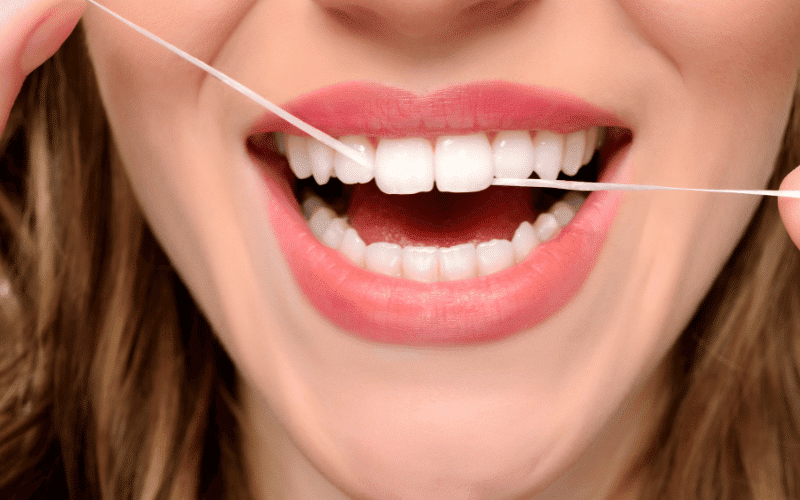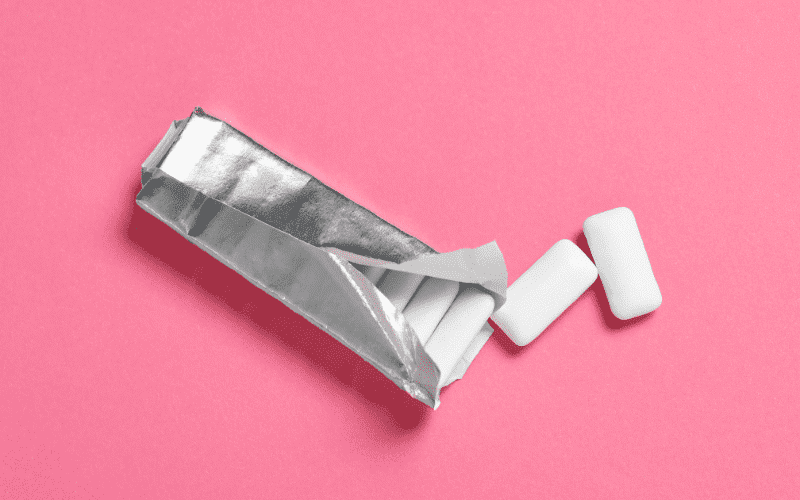
CEREC® Dentist in Glendale AZ
Welcome to our cutting-edge dental practice, where our CEREC dentist in Glendale offers state-of-the-art same-day crowns, ensuring swift, precise, and comfortable dental restorations. Technology has brought advances across many industries, and dental care is one of them. One of the newest breakthroughs is CEREC® (Chairside Economical Restoration of Esthetic Ceramic) technology. This cutting-edge system creates ceramic tooth restorations on a same-day basis. Patients must no longer wait for their crowns or veneers to return from the lab as this state-of-the-art process crafts them in the office.
CEREC is available in Glendale, AZ, and the surrounding area. Schedule a consultation with our team and learn more about this system and whether it is the right choice for you. Contact our office at (623) 400-6009 to make an appointment today.

Understanding How CEREC Works
CEREC is also known as Chairside Economical Restoration of Esthetic Ceramics, or CEramic REConstruction. It uses Computer Assisted Design and Computer Assisted Manufacturing (CAD/CAM), which has been used in manufacturing for several decades to create precision parts, tools, and even vehicles. Since its introduction to the dental field over two decades ago, this system has become a quick and precise means of producing ceramic veneers, crowns, bridges, and more.
Since its introduction to the dental field over two decades ago, this system has become a quick and precise means of producing ceramic veneers, crowns, bridges, and more.
Benefits of CEREC Technology
CEREC technology rivals the lost-wax casting method, which uses wax to make a second mold for the dental restoration piece. The American Dental Association details how the dental CAD/CAM systems use scanners to take measurements and collect all details of the teeth and gums quickly and precisely. Automating production using this data helps simplify what is otherwise a lengthy laboratory process.
The CEREC system makes the restoration process faster, easier, and less expensive. CEREC restoration benefits include the following:
- Better fit: CAD/CAM systems produce high-quality restorations. The process eliminates errors as the system relies on the precise digital data that it collects. When compared to CEREC, the laboratory process is more prone to having subjective or human errors.
- Better product: The manufacturing process results in a one-unit restoration piece rather than separate pieces. This single-unit process is especially beneficial for bridges and other multi-piece appliances. It also adds to the durability and strength of the finished piece.
- Faster process: CEREC software allows dentists to see three-dimensional images created from oral scans. Based on this information, the CEREC dentist in Glendale uses the system to design the restoration piece with the necessary bite adjustments. The CAM unit then creates the appliance using the finalized design.
CEREC technology rivals the lost-wax casting method, which uses wax to make a second mold for the dental restoration piece.
CEREC Is the Healthier Option for Dental Health
A CEREC restoration is not only the quicker, more convenient option; it is also the healthier option. This technology allows dentists to use more of the natural tooth than before. Other methods use amalgam to fix tooth damage, but CEREC uses ceramic to save as much healthy tooth tissue as possible.
The CEREC restoration is chemically bonded to teeth to restore its natural beauty and strength. The restoration positioning is non-invasive to the gums and results in a faster healing time. The use of additional dental tissue helps to aid in overall tooth and gum maintenance.
A CEREC restoration is not only the quicker, more convenient option; it is also the healthier option.
Expected Processing Time for CEREC
After removing any tooth decay, intraoral scanners collect measurements for the CAD/CAM system. The restoration design may take anywhere from a few minutes for a simple piece to thirty minutes for a bridge.
Once complete, the cosmetic dentist will fit the piece into the patient’s mouth and examine it for fit and proper function. It is then glazed and fired before a second fitting with the patient, where the restoration is cemented into place and polished. The entire process takes about two hours, with the patient waiting 30 to 45 minutes in total between fittings and finalization.
The restoration design may take anywhere from a few minutes for a simple piece to thirty minutes for a bridge.
Questions Answered on This Page
Q. What are the benefits of CEREC?
Q. How will CEREC affect my dental health?
Q. What is the expected processing time for CEREC treatments?
People Also Ask
Q. What is it like to go through the process of receiving a dental crown?
Q. How often should I see the dentist?
Q. What additional treatments are available at a general dentist?
What To Expect After Receiving CEREC Care
In order to ensure tooth restorations fit well and function properly, regular care and maintenance are required. Patients should avoid chewy, sticky, and hard foods for up to two days after receiving a CEREC restoration to allow the cement to harden. Teeth may feel sensitive for as many as two weeks afterward, but pain medication may ease this discomfort.
Regular, twice-daily brushing and flossing is the best way to ensure the longevity of any restoration, as well as existing teeth. Crowns and other dental restorations can last for several years with proper care and bi-annual checkups. We recommend patients inform their providers as soon as they notice any changes or concerns with their restoration, no matter how small.
Regular, twice-daily brushing and flossing is the best way to ensure the longevity of any restoration, as well as existing teeth.









